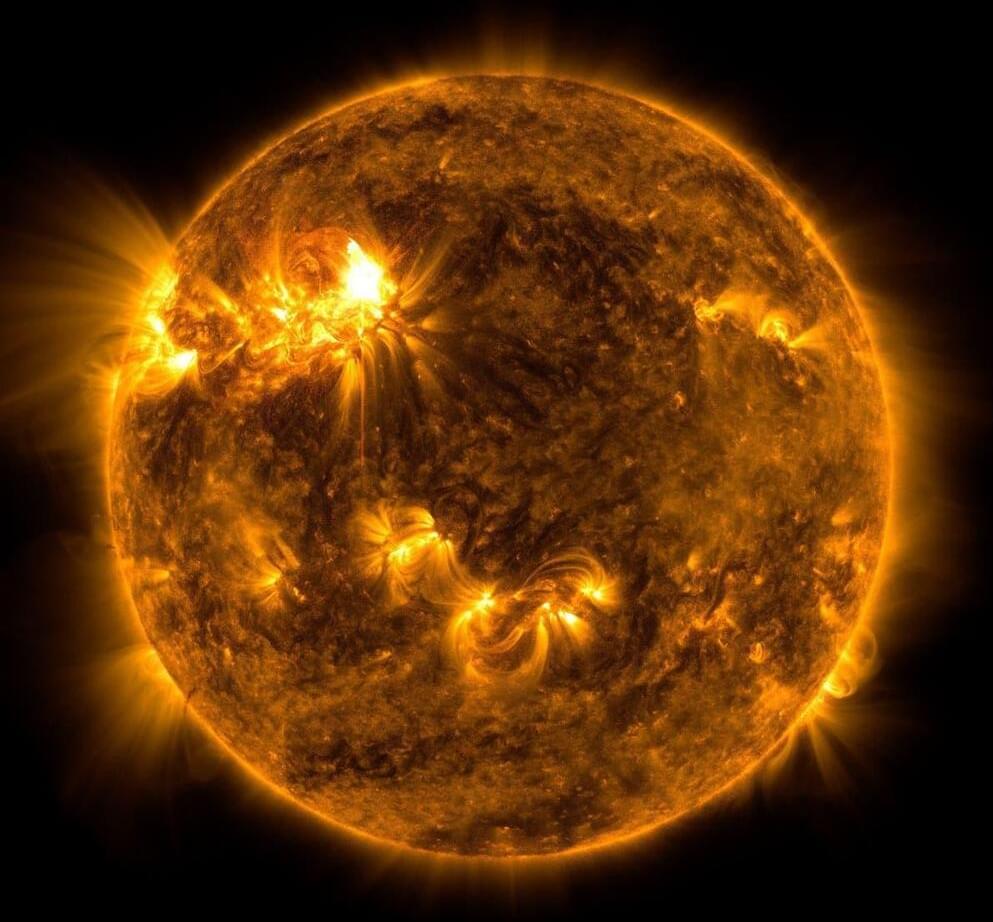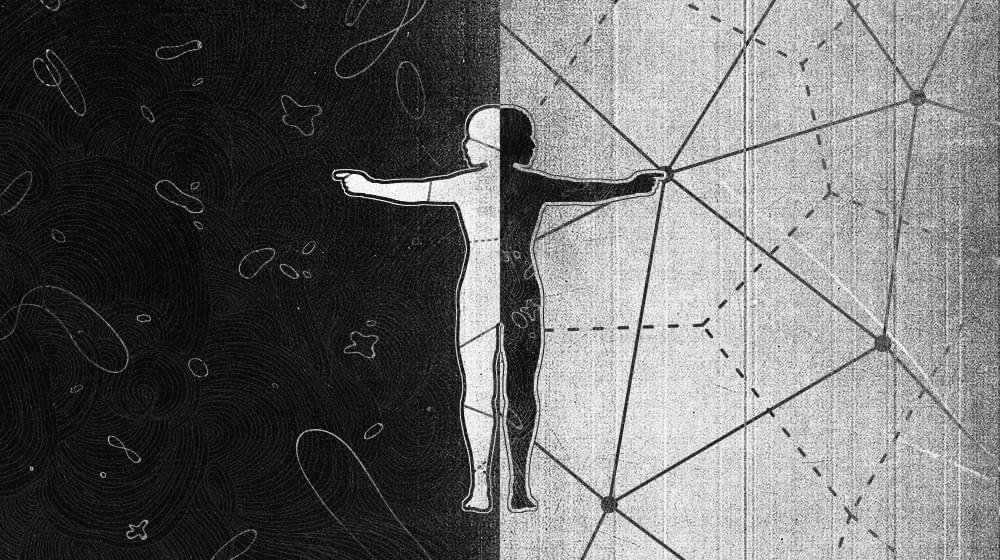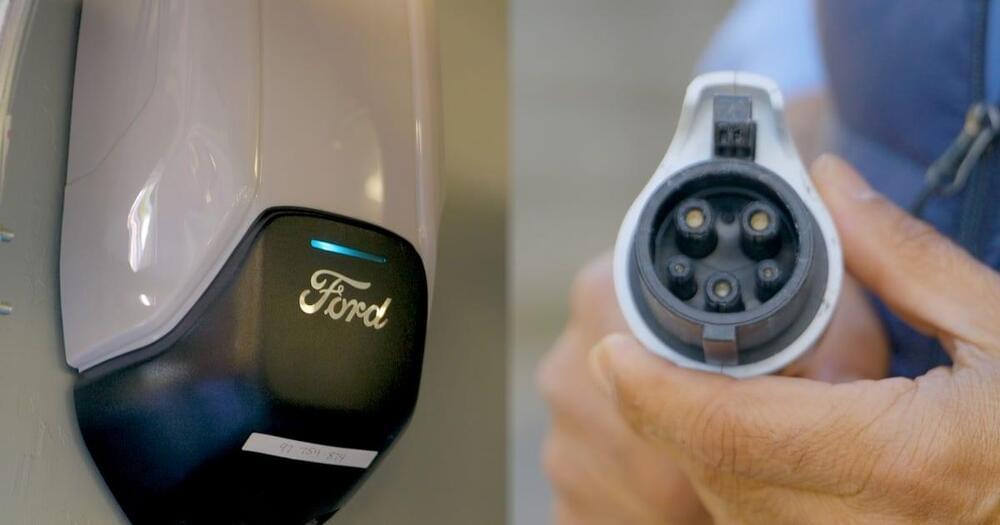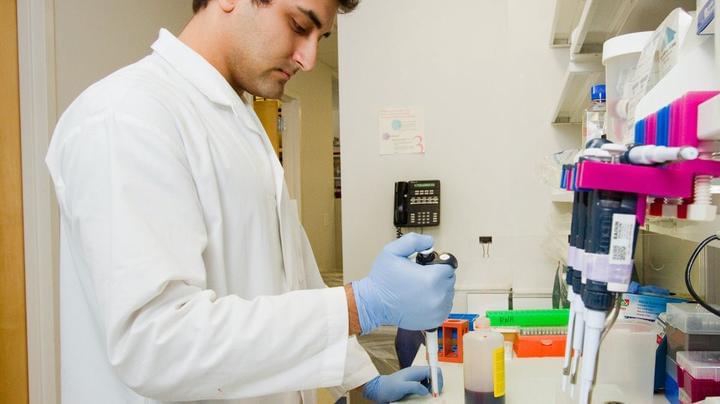Sun erupted with multiple flares in two days, a pace of activity likely to increase over the next three years.


The blobs are in the mantle, the thick layer of hot rock between Earth’s crust and its core. The mantle is solid but slowly flows over long timescales. We know the blobs are there because they slow down waves caused by earthquakes, which suggests the blobs are hotter than their surroundings.
Scientists generally agree the blobs are linked to the movement of tectonic plates at Earth’s surface. However, how the blobs have changed over the course of Earth’s history has puzzled them.
One school of thought suggests that the present blobs have acted as anchors, locked in place for hundreds of millions of years while other rock moves around them. However, we know tectonic plates and mantle plumes move over time, and research suggests the shape of the blobs is changing.



The Future of You by Tracey Follows on Amazon: https://www.amazon.co.uk/Future-You-Identity-21st-Century-Te…B08XBN4GBB
Tracey Follows: https://www.linkedin.com/in/traceyfollows/ https://twitter.com/traceyfutures
Futuremade Consulting: https://futuremade.consulting https://www.linkedin.com/company/futuremadeconsulting/ https://twitter.com/_futuremade.
One of the big problems with solar vehicles is that there’s just not much room on a car to make that much power. With a super efficient car like an Aptera, you can get a meaningful amount of power from solar panels, mostly because the car doesn’t use that much power. But, if you don’t want your car to look like an airplane without wings or a weird science project, you can’t get that much actual range per hour of solar charging. However, an Australian professor came up with a better idea to power his Tesla off of solar panels alone: a printed solar panel that rolls up.
The Charge Around Australia project doesn’t aim to be the first EV excursion around Australia, or even the first trip around Australia on solar power. The point is to be the first vehicle that has gone around the continent in a normal car powered by an innovative new solar technology.




Cannabotech (CNTC.TA), which is involved in the development of a botanical drug based on an extract of the Cyathus striatus fungus and a cannabinoid extract from the cannabis plant, reports that in experiments conducted on a cell model, the fungus extract eliminated 100% of pancreatic cancer cells relatively selectively and without damaging normal cells.
What Happened
The fungus has been the subject of research to test its anti-cancer efficacy in prof. Fuad Fares’ laboratory at the University of Haifa for about eight years. It was selected as the preferred candidate for the development of a drug for pancreatic and colon cancer after showing better anti-cancer results than a variety of other fungi tested. A few months ago, Cannabotech received global and exclusive rights of use for patents created in Fares’ research and began leading an accelerated process of developing a botanical drug as defined by the FDA.